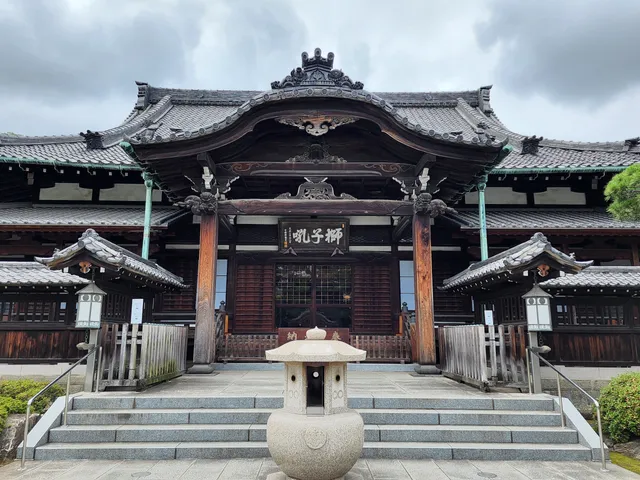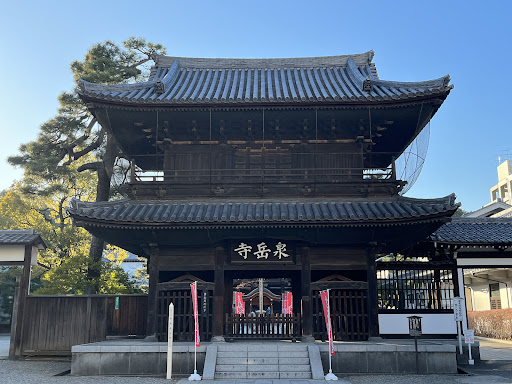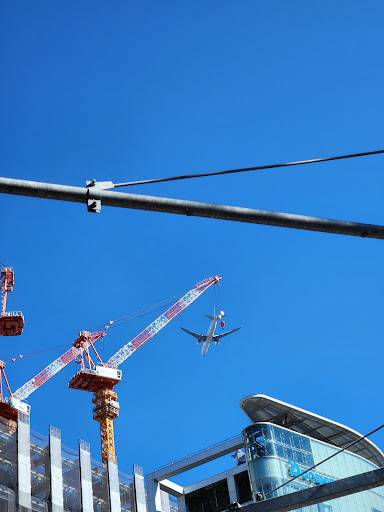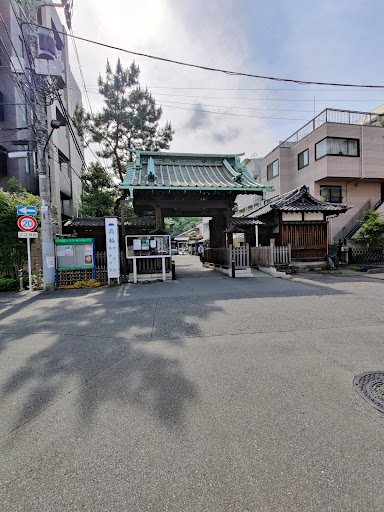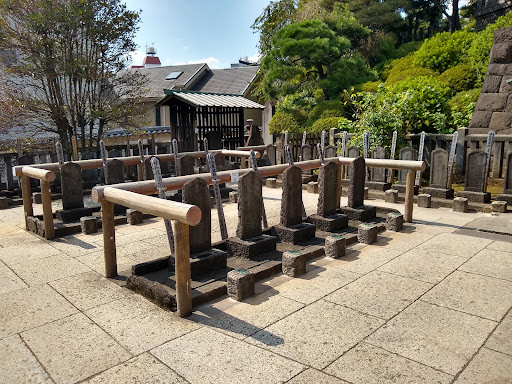Sengaku-ji things to do, attractions, restaurants, events info and trip planning
Basic Info
Sengaku-ji
2 Chome-11-1 Takanawa, Minato City, Tokyo 108-0074, Japan
4.3(1.8K)
Open 24 hours
Save
spot
spot
Ratings & Description
Info
Sengaku-ji is a Buddhist temple belonging to the Sōtō school of Japanese Zen located in the Takanawa neighborhood of Minato-ku, near Sengakuji Station and Shinagawa Station, Tokyo, Japan.
Cultural
Accessibility
attractions: Takanawa Shrine, Koyasan Tokyo Betsuin, Hoanji Temple, Tōzenji Temple, Meiji Gakuin University - Shirokane Campus, Genshōji Temple, Takanawa Park, Gateway Park, Takanawa Church, Mitadai Park, restaurants: Monya, Nakau - Sengaku-ji Temple, 金門閣, Ramen TOKU, Buchi, Maho's Table, Chinese restaurant Toko Hanten, Atelier Cuit, Pâtisserie Ryoco, Nishioka
 Learn more insights from Wanderboat AI.
Learn more insights from Wanderboat AI.Phone
+81 3-3441-5560
Website
sengakuji.or.jp
Plan your stay

Pet-friendly Hotels in Tokyo
Find a cozy hotel nearby and make it a full experience.

Affordable Hotels in Tokyo
Find a cozy hotel nearby and make it a full experience.

The Coolest Hotels You Haven't Heard Of (Yet)
Find a cozy hotel nearby and make it a full experience.

Trending Stays Worth the Hype in Tokyo
Find a cozy hotel nearby and make it a full experience.
Reviews
Nearby attractions of Sengaku-ji
Takanawa Shrine
Koyasan Tokyo Betsuin
Hoanji Temple
Tōzenji Temple
Meiji Gakuin University - Shirokane Campus
Genshōji Temple
Takanawa Park
Gateway Park
Takanawa Church
Mitadai Park
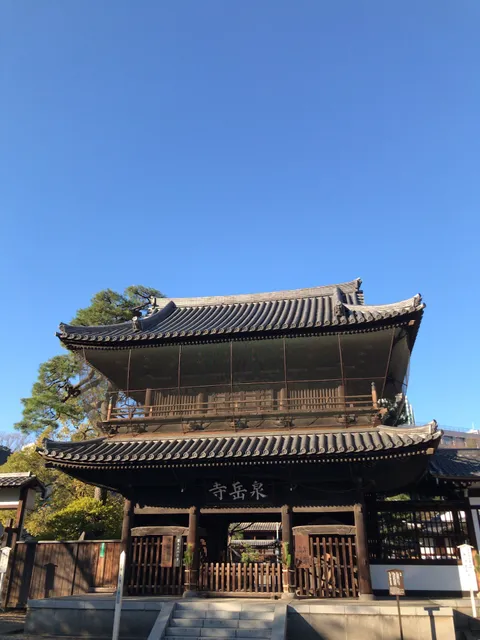
Takanawa Shrine
4.1
(296)
Open 24 hours
Click for details
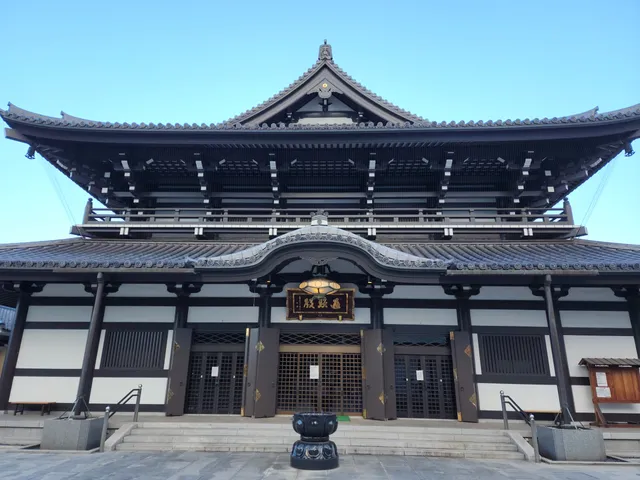
Koyasan Tokyo Betsuin
4.3
(455)
Open 24 hours
Click for details

Hoanji Temple
4.2
(18)
Open 24 hours
Click for details
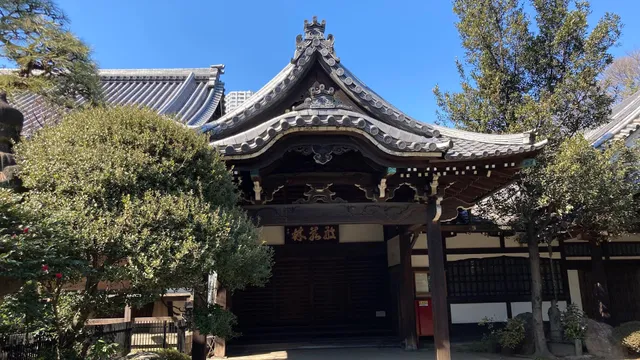
Tōzenji Temple
4.0
(82)
Open 24 hours
Click for details
Things to do nearby
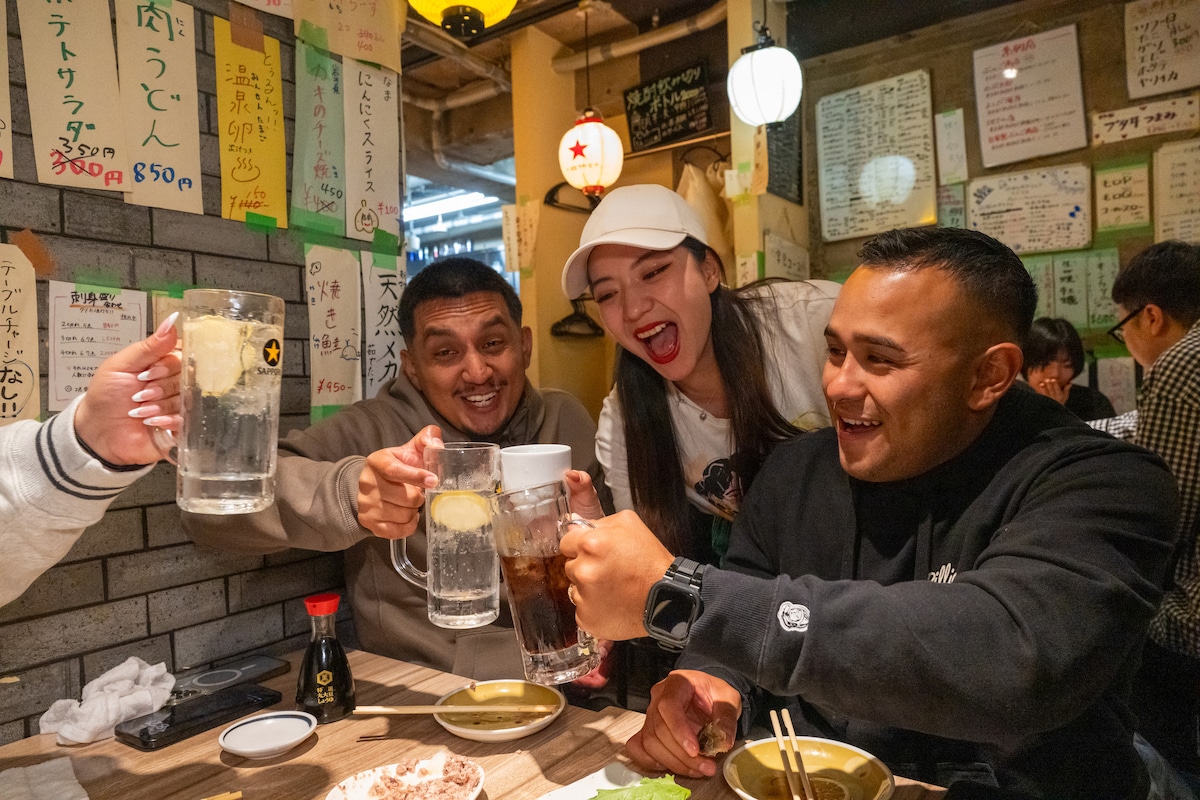
Unlimited Local Night《ALL-Y-Can-DRINK》Shinjuku Gem
Tue, Dec 30 • 7:00 PM
160-0022, Tokyo Prefecture, Shinjuku City, Japan
View details

Tokyo: Shinjuku Local Bar and Izakaya Crawl
Tue, Dec 30 • 6:00 PM
160-0023, Tokyo Prefecture, Shinjuku City, Japan
View details
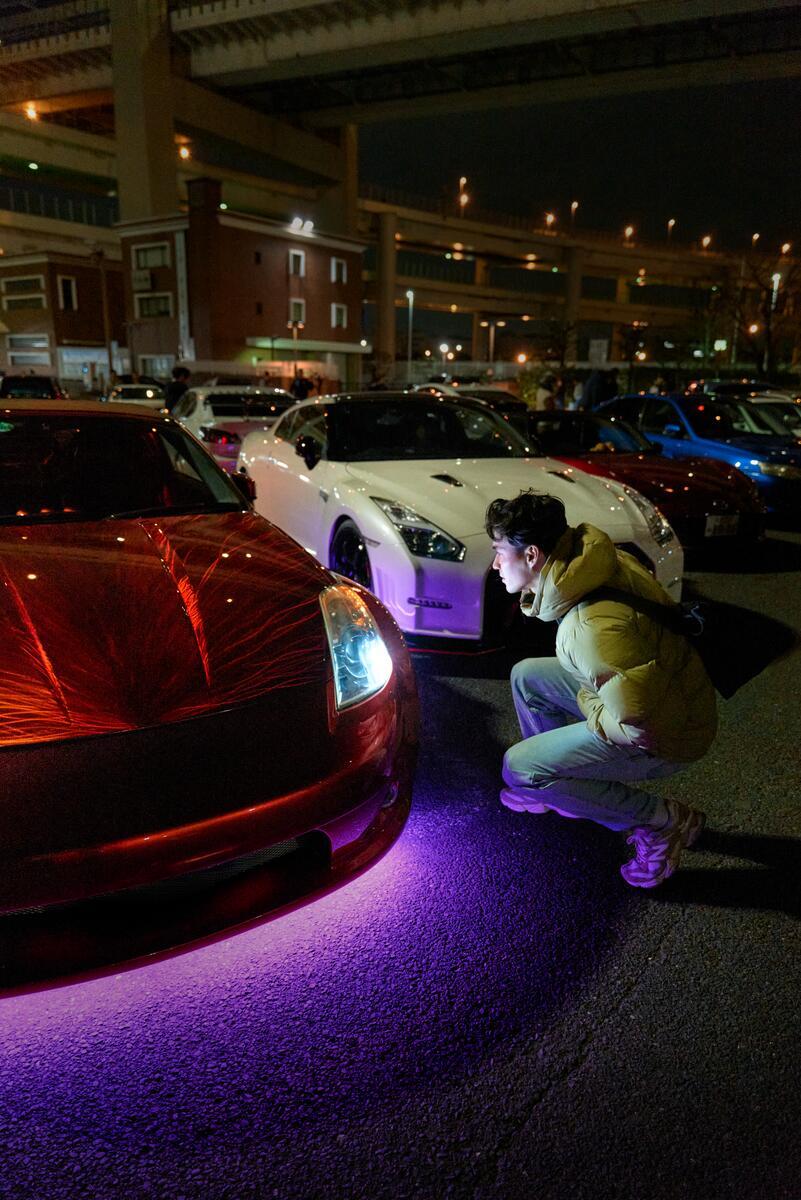
Explore Tokyo’s Car Scene in a Nissan Skyline
Wed, Dec 31 • 8:30 PM
150-0002, Tokyo Prefecture, Shibuya, Japan
View details
Nearby restaurants of Sengaku-ji
Monya
Nakau - Sengaku-ji Temple
金門閣
Ramen TOKU
Buchi
Maho's Table
Chinese restaurant Toko Hanten
Atelier Cuit
Pâtisserie Ryoco
Nishioka

Monya
4.4
(173)
Click for details
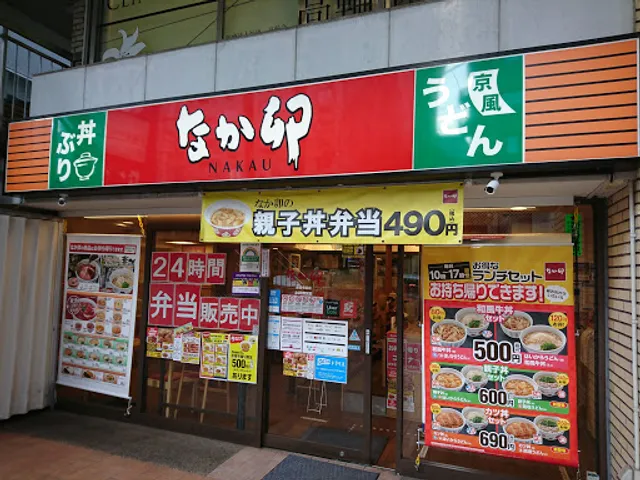
Nakau - Sengaku-ji Temple
3.5
(242)
Click for details

金門閣
3.6
(120)
Click for details
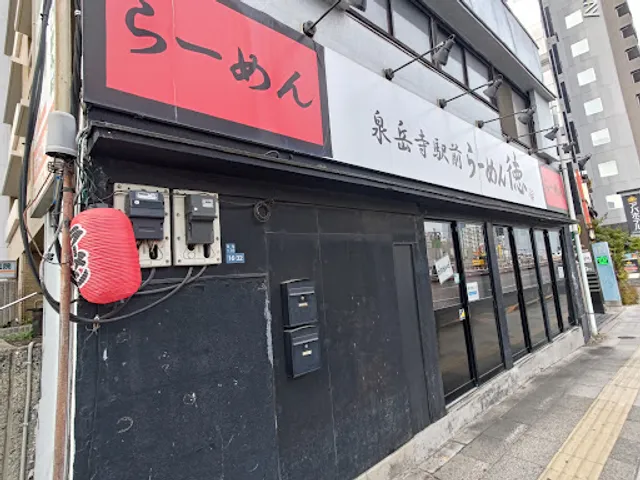
Ramen TOKU
4.0
(219)
Click for details
